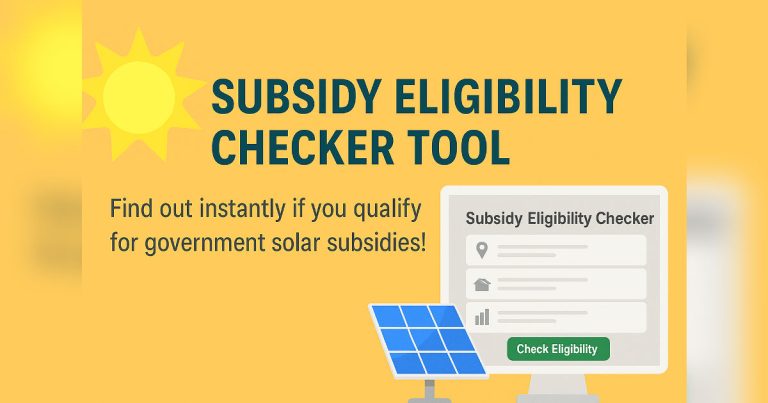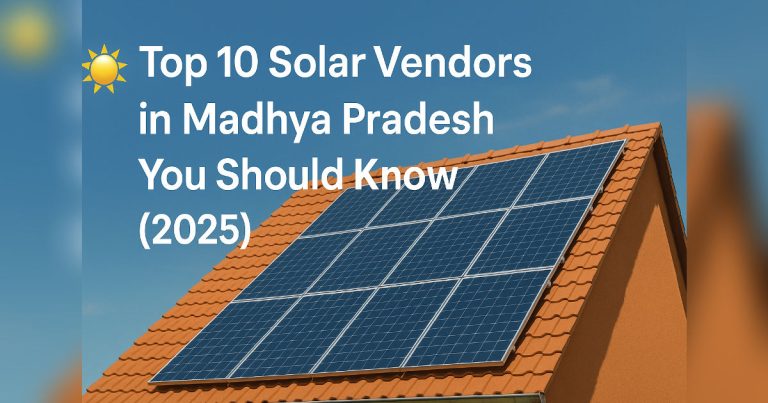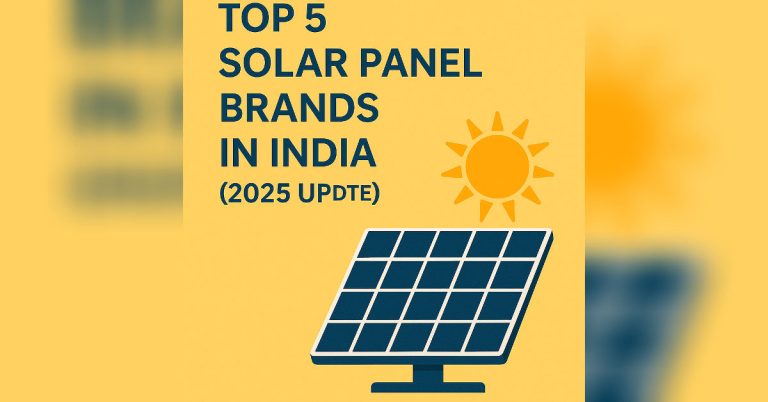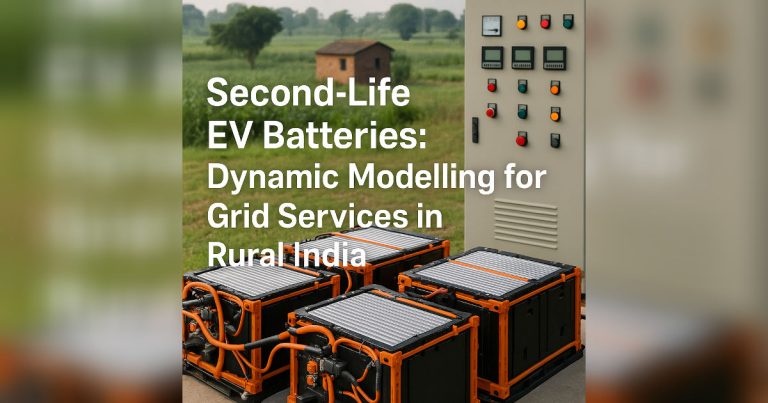Community Solar and EV Integration — The New Urban Energy Model
Community Solar and EV Integration — The New Urban Energy Model
By SolSetu News Desk | Published on October 19, 2025
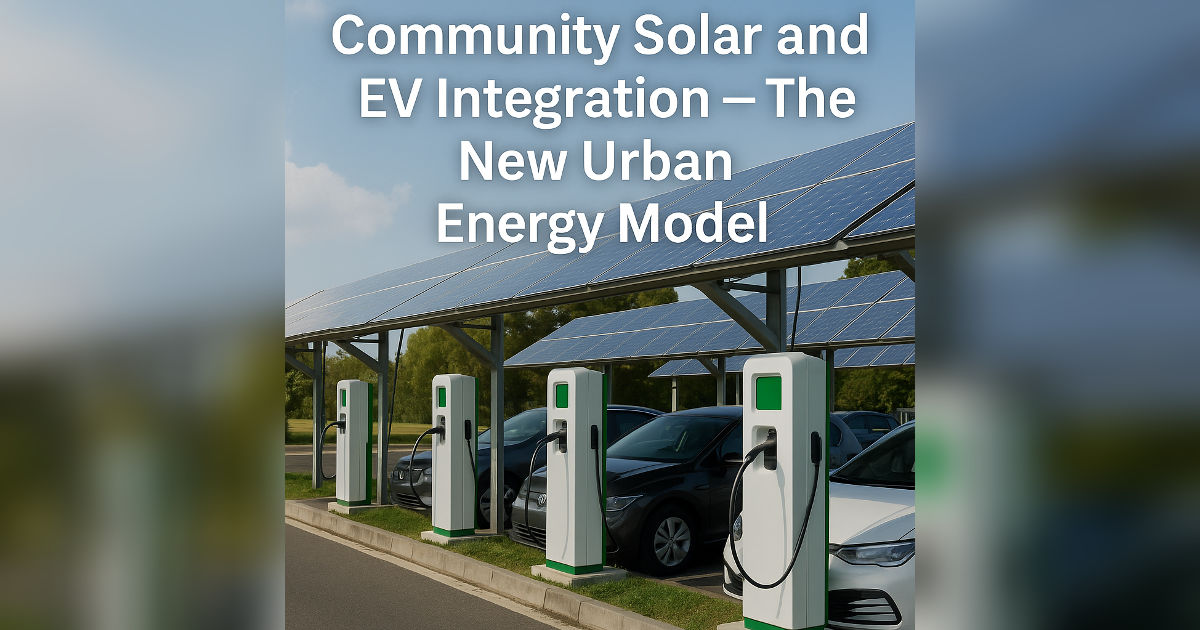
New Delhi, October 19 (SolSetu News) — India’s cities are witnessing a quiet revolution: solar rooftops and electric vehicles (EVs) are converging into integrated community energy ecosystems. Housing societies, tech parks, and small-town co-ops are combining rooftop solar arrays with EV charging infrastructure to create self-sufficient, low-carbon energy networks.
⚡ The Rise of Community Solar + EV Models
With the PM Surya Ghar Yojana driving rooftop installations and the National EV Policy 2030 expanding charging networks, more residential complexes are turning into micro-grids. Solar generation during the day powers both households and charging stations, while excess electricity is stored or exported to the grid through net-metering.
In cities like Pune, Ahmedabad, and Bengaluru, gated communities are deploying shared solar plants that feed EV chargers and common utilities — effectively creating “energy communities.”
🔋 How It Works
- Rooftop solar panels generate energy shared among community members.
- Smart inverters and load-balancing systems allocate surplus energy to EV chargers.
- Energy storage batteries smooth demand spikes and ensure 24/7 supply.
- IoT-based management platforms track usage, optimize charging, and allow peer-to-peer energy trading within the community.
🏙️ Benefits for Urban India
This model delivers clear advantages:
- Reduced electricity bills and carbon footprint for residents.
- Lower grid dependence during peak hours, easing city-wide power stress.
- Faster EV adoption as charging becomes cheaper and cleaner.
- Revenue generation from net-metered power exports and shared-charging fees.
💡 Technology & Innovation
Solar-powered EV hubs equipped with AI-driven energy management and demand response software are gaining traction. Companies like Tata Power, Sun Mobility, and ChargeGrid have launched pilot projects that pair solar arrays with modular battery banks for quick charging — all integrated through cloud-based dashboards.
🌞 Government Support
Under India’s National Electric Mobility Mission Plan and various state EV policies, incentives for renewable-powered chargers and smart meters are being expanded. DISCOMs in Maharashtra, Delhi, and Gujarat have also introduced tariff categories specifically for EV + solar hybrid usage, reducing per-unit costs for participants.
🌍 Toward Energy-Independent Communities
Analysts see community solar + EV integration as the future of urban sustainability. With collective investment models, local storage, and digital energy sharing, India’s neighborhoods could evolve into self-reliant “solar cities” that generate, consume, and store their own clean energy — transforming how citizens interact with the power grid.


